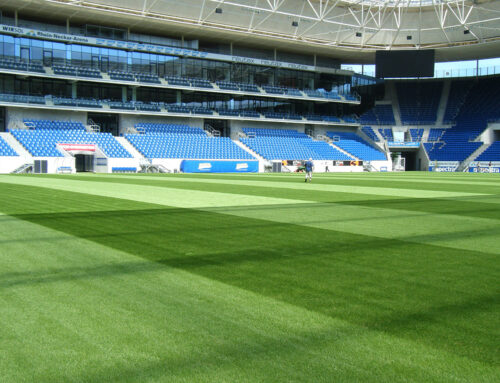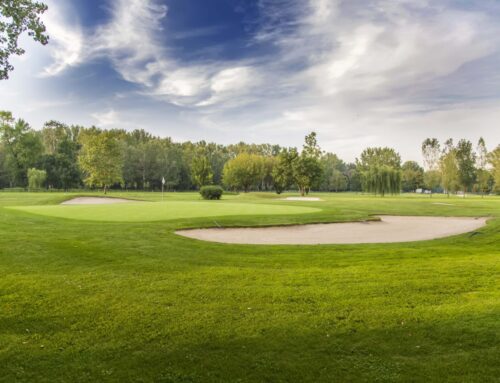Why it matters
As the population becomes more climate conscious, there is increasing pressure on industries to modernise their practices and become more environmentally responsible. As an industry that occupies large areas of natural resources – land and water, it is easy to understand why there is a need to create more sustainable courses that also deliver on performance and reliability throughout the seasons. Creating a long-term maintenance plan that is financially and environmentally sustainable; we believe, is integral to a club’s agenda going forward.
One of the great lures of golf is the opportunity to spend time in natural surroundings, while ticking the boxes of health and well-being. A place full of natural habitats and ecosystems, they are something to be revered and an asset to environment and people alike.
But even nature needs to be nurtured.
Sustainability and golf have always been made for each other – so establishing methods that protect these areas from degradation and by encouraging natural habitats to flourish, this does not only fight for the environmental corner, but it ensures that golf as a sport retains happy club members and remains future proof.

Where do we come in?
You’ve guessed it. Soil.
Besides soil’s impressive ability to sustain human life, it is fundamental to the food chain, agriculture, climate change and clean water. But soil itself is not a renewable resource, taking 100’s of years to form – so looking after it is beneficial for us all.
On the golf course, well managed soils achieve positive outcomes for both the environment and the courses playability attributes. Not only does it encourage greater biodiversity and sustain wildlife, but well managed soil also prevents compaction, recycles nutrients better, and leads to better turf quality for members that provides consistent, reliable, and quality playing surfaces.
Soil also traps large amounts of carbon from the atmosphere, contributing to the global carbon sink – no small achievement for our golf courses. Looking after soil, allows it to reach its full potential. Healthier soil = more carbon trapped.
To support the process of improving your soil’s sustainability, we advise on more biological approaches through our Disease Monitoring Service. (HYPERLINK THE PAGE) Evidence increasingly shows the potential for these biological approaches and the advantages of nurturing soil microorganisms rather than turning to chemical solutions that are detrimental to the natural flora and fauna. When we choose more biological management, we benefit from less waste, less harm to the environment and reduced costs of more traditional chemical pesticides.
The bottom line?
Sustainable golf courses are not just achievable, they are essential moving forward. They play an important role in protecting large areas of natural resource and preserving the habitats and ecosystems within. Not to be underestimated, sustainable golf courses are capable of an important contribution to the environment. And soil – the lifeline of your course, capable of incredible things – is where your sustainable journey starts.




